"Brother Mark, I know it's supposed to help me feel the holy spirit— but I'm scared."
"Do not fear the needle, brother— consider it a test of faith."
— A mission leader to a new missionary
Salamanders are
Deserite Congregation vessels built not for battle— but for proselytizing. These are manned by the young and healthy, who are administered heavy doses of the drug known as
Moroni— ensuring that these missionaries are dependant on the ship, and will not abandon their faith while abroad.
An Established Tradition
Missions date back to the 1800s alongside the very beginnings of the Mormon faith, when able-bodied men would be tasked with spreading the gospel, and sent far from home. From these days, when Joseph Smith would send men away and then steal their wives in their absence, to the aftermath of
The Cremation, the transition into the
Deseret faith, and beyond— this tradition has remained a core component of the church.
In the past, the farthest locales missionaries would go were other continents on
Earth. After the Cremation, their scope was limited to the few pockets of survivors in their immediate area. Then, after interplanetary flight and the second space race began— so too did a new era of missions. Missions are much more dangerous than they once were, given the extreme beliefs of the modern Deserites
and the people they may attempt to convert. In the early days of interplanetary missions, many never came home— though this wasn't solely due to death. Many were de-converted, and left the deserite congregation altogether— electing to join the communities they were sent to convert instead of returning home.
Church leadership needed a way to ensure their missionaries would never threaten the Congregation's longevity. It was one thing to die as martyrs, in service to the church— but it was another matter altogether for them to leave willingly, which could sow doubt among their ranks. And thus came the creation of Moroni, and the first salamanders. Designed to keep their missionaries addicted and reliant, and appear more appealing to potential converts, salamanders had an almost immediate effect. The Congregation saw a stark decline in apostasy, a rise in new converts— and more importantly, increased tithes.
My big brother Kimball is going on a mission! I've never seen him so happy, but there's...something wrong. There's a strange look in his eyes, like the one dad gets sometimes. When he comes home from training there's a strange purple shadow in his eyes, and he can't seem to hear me. I'll just have to pray harder for him!
— A concerned child
Called to Serve
Young deserites are told from birth that going on a mission is a great honor, an essential duty, and the highlight of their lives. As such, by the time their local bishops call them on a mission— they are unlikely to decline. Those who decline will be strongly urged against doing so, and may see themselves steadily ostracized if they continue to resist.
Salamanders are crewed by at least 2 missionaries, and one mission leader. The mission leader is an elder Deserite, who acts as the ship's pilot, as a mentor— and most importantly, holds the keys to the Moroni stored on board. This latter fact is essential in keeping the crew in line, should they sin or act against the mission leader's will— they may be denied access to the very drug they've become dependent on. Depending on the severity of their withdrawal, they will concede within 1-7 days. Missions last for a period of 2 years— ending just as the most visible and detrimental effects of prolonged Moroni usage set in.
Missionaries live lives that are focused on their faith, and spreading it. they plot routes and plans best suited to their goals. Contact with friends and family back home is strictly forbidden for the entirety of their two-year stay. Their recreational options are severely limited, and they are expected to spend most of their time either attempting to convert locals, or deepening their faith through prayer or study. Despite the opportunity presented to them by travelling to far-off places, they are forbidden from many touristic activities. Moroni is given periodically— usually once a day— with greater dosages granted for good behavior.
I want to be a missionary,
While I'm young and healthy.
To tell the truth,
While in my youth.
I want to be a missionary,
To fly far away,
And show people the way.
I'll show them how much to spend,
So that their sins they can amend.
Oh how happy I'll be,
Setting their souls free.
— Children's hymn
Information from other missionaries previously deployed to the same area can prove invaluable in determining who is most likely to convert— and who should be avoided. Missionaries will often travel door to door, and will preach to whoever will let them in. Once inside, they will carry out their well-put together teaching plans and sermons, and will visit again if all goes well. After a few subsequent visits, the missionaries will invite their mark to join them for innocuous activities such as a meal or recreation— before inviting them to church services aboard their salamander. Ideally, they will decide to convert to the Deseret faith, and agree to undergo their baptismal rites before the missionaries leave.
This is not without danger, of course. Mission locales are often chosen based on promise and safety— but there is great value in gaining allies who live among the Congregation's enemies, or those with deep pockets. In these cases, especially when attempting to enter
The Last Dynasty space, salamanders— and the missionaries within— may be considered enemy combatants. While church leadership may feign grief over the loss of missionaries, they will often continue to send salamander after salamander towards certain doom— until they can finally break through into priority locales. It is an ill kept secret that salamanders often precede full military invasions, only making them easier targets.
White salamanders
For the most dangerous locales, a variant is flown instead— the white salamander. White salamanders differ from the standard design in a number of ways— the most obvious being that they are entirely white on the outside. Their hulls are thicker, and armored. At their fronts, they are equipped with front-facing artillery on par with those one may see attached to Pioneer corvettes. After all, the best defense is a good offense.
I got my first message from Kimball since he left, he said he isn't supposed to talk to us while on his mission— and he kept looking over his shoulder. He said he was having doubts, the people over there didn't want to convert. Worse, he was scared of needles, and secretly broke the IV he was supposed to use! He begged me not to tell anyone, and I don't know if I can keep his secret, I need to pray for advice...
— A concerned child
Appearance
Salamanders are small craft, built for average crew sizes of four, with a maximum of eight. As mission vehicles, they are built to look more appealing than other Deserite vessels— first impressions are vital, after all. The front and back of the ship are constructed with eye-catching silver-plated titanium, decorated with archways and golden trim in a few key locations. Most notably, the spire at the ship's front. These silver sections jut out from beneath a blanket of darker, lower quality metal— polished to the best of their ability. Though this often still bears some wear from
Venus' harsh atmosphere, and the resulting damage to the Deserite's manufacturing machinery.
A pair of thrusters, linked to
Coil drives, are situated at the back of the ships, and plated in a matching gold.
A new message from Kimbal, this one was real scary. He looked really sick, said he couldn't keep away for too long. It looked like he was in a forest somewhere? Someone shouted his name, and then the message ended. I keep praying for him, why isn't he getting better?
— A concerned child
Layout
Bridge
The nerve center of the ship, from here the mission leader pilots the salamander, surrounded by machinery to handle navigation, communication, life support, and access mission data accumulated from previous missions, as well as their own.
Chapel
The chapel is one of the largest rooms on board any salamander, and serves not only the crew's religious needs— but also those of potential converts. The chapel is fitted with a podium, and four rows of pews, able to seat double the maximum crew count.
Crew quarters
Here, the crew sleep in bunk beds— directly across from one another so that none may be tempted to sin. A table is situated beside these, with enough room to seat them all, and a small cooking station rests against the wall beyond that— with a stove, oven, and storage.
Moroni administration
Moroni is stored and produced here, then pumped into a chest-high table equipped with eight IVs. Each IV's tube can be pulled out and retracted to reach desirable length— as the missionaries must stand to fit within the room all at once.
Storage
Food, water, fuel, supplies, extra copies of scripture, materials for Moroni production— whatever needs storing can be stored here. A few shelves allow for easier organization, but most storage rooms are empty, leaving organization to each individual crew.
Drop bay
Here, the missionaries can prepare for and return from their daily ventures. The large swinging door at the back of the room is situated directly at the back of the ship, and allows them to drop into difficult terrain if needed. This also makes it easier to board groups of converts.
Kimball came home! He hasn't sent us anything for a whole year, so I cried and asked about the messages he sent— but he just smiled, and laughed. "I must've had a bad dream." He said.
It's been a month now and he hasn't talked about anything except the church since he got home. I don't think I know him anymore, he even threw out all of his paintings! I asked him why he'd changed so much, he simply smiled, and said "you'll understand after your mission."
— A concerned child

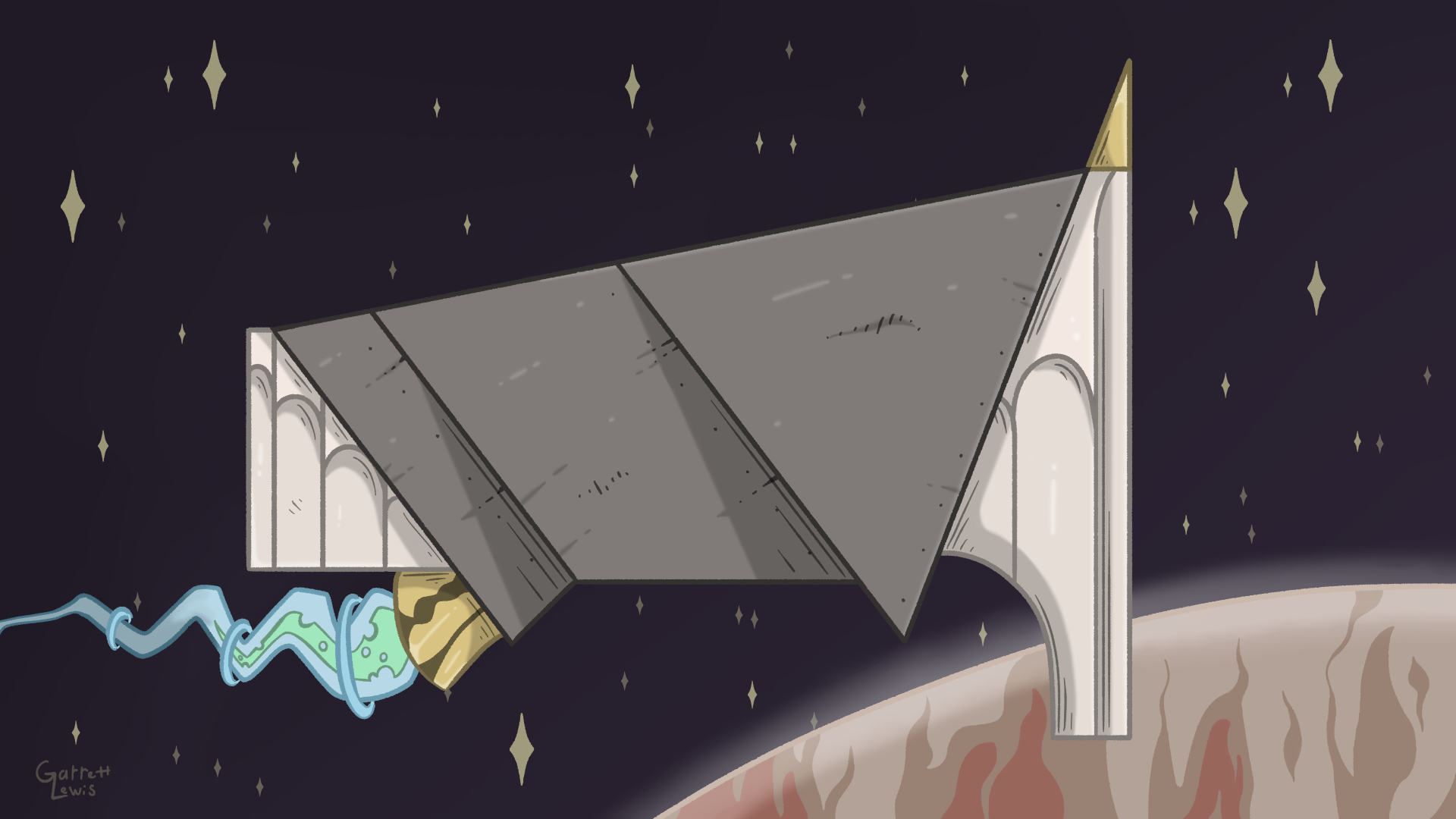
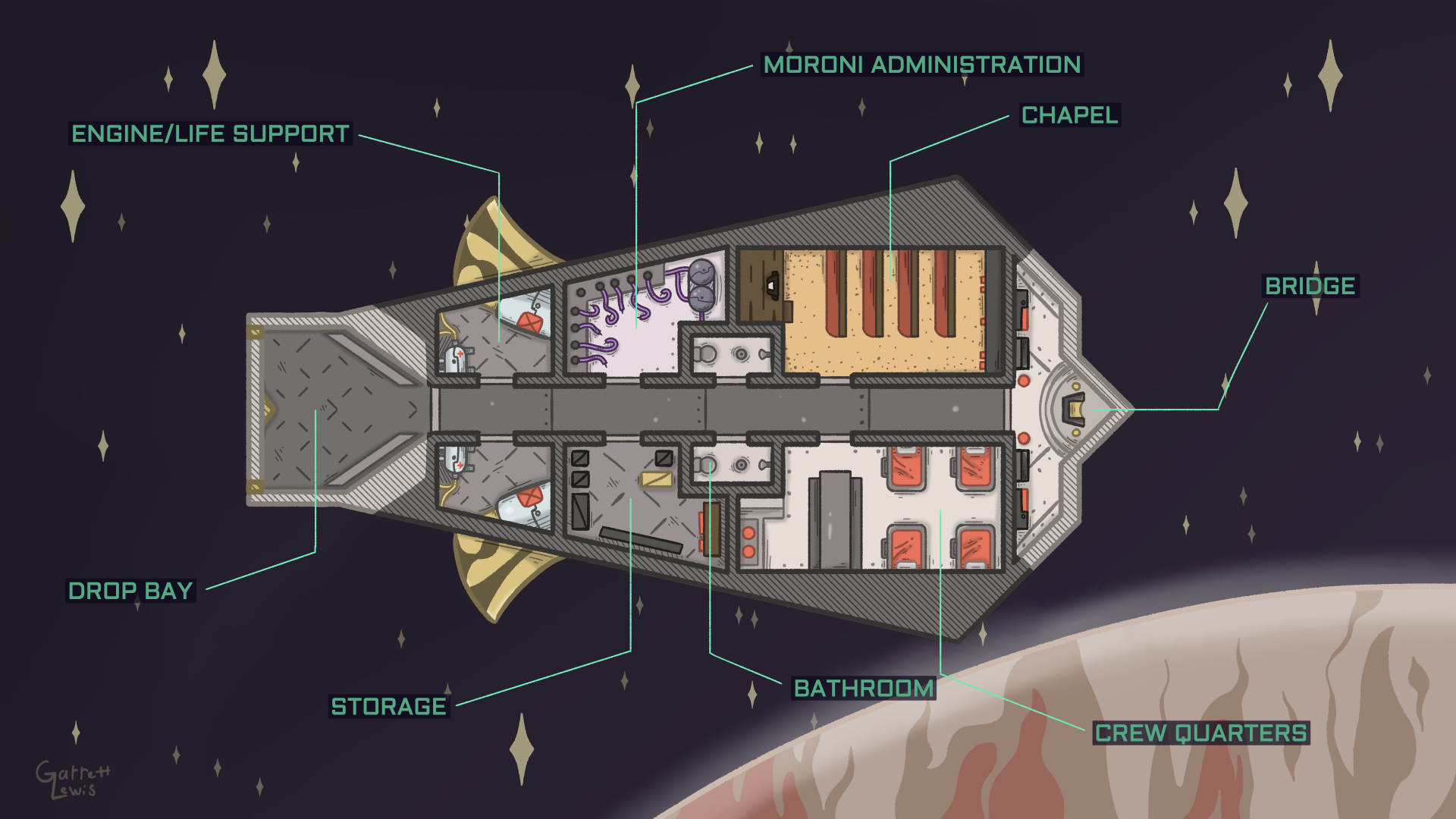
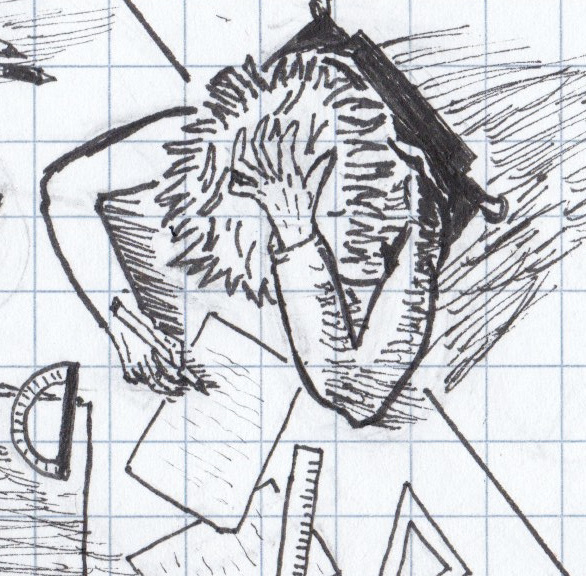

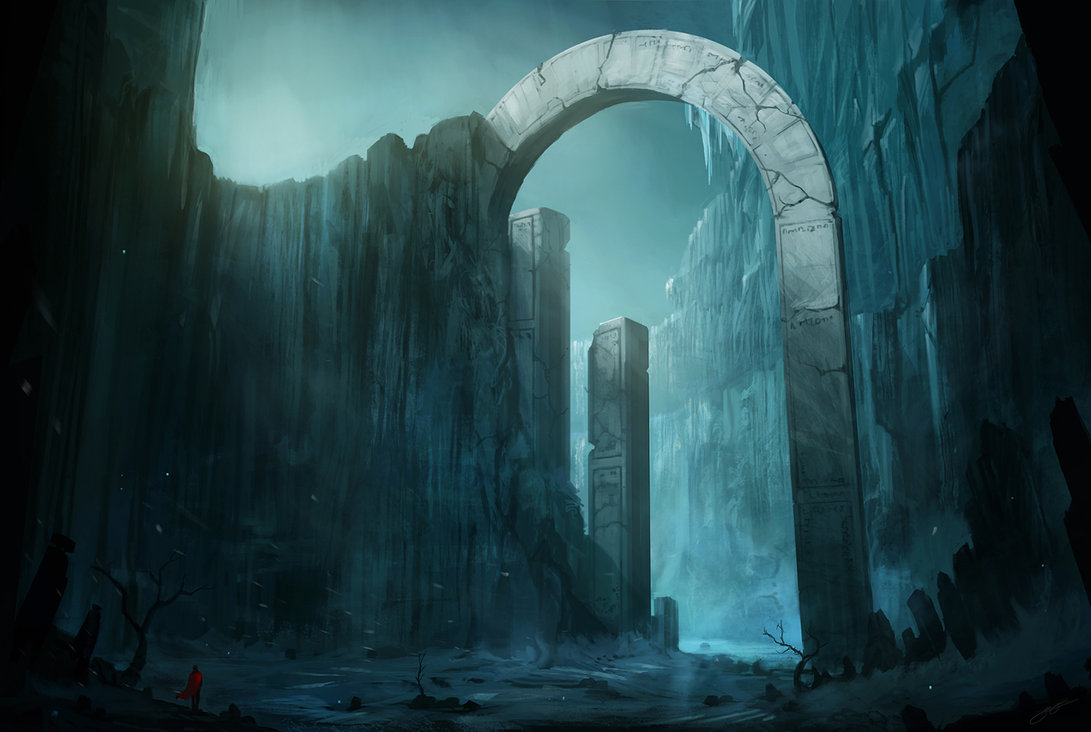




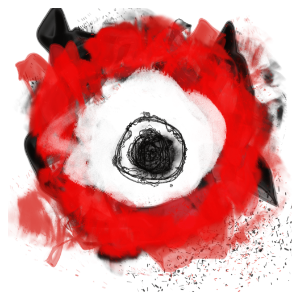
Great article. Very spooky and sad. Congrats on getting it done.
Learn about the World of Wizard's Peak and check out my award winning article about the Ghost Boy of Kirinal!
Thank you! It ended up a bit darker than I'd anticipated in the end there, but I think that was inevitable considering the subject matter.